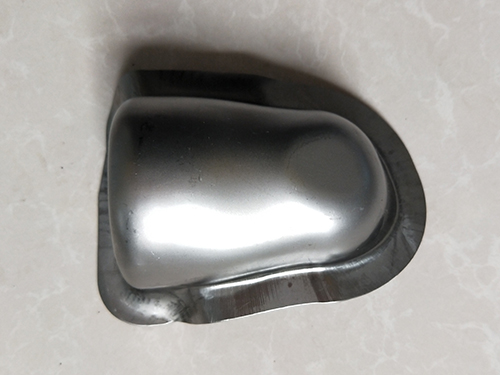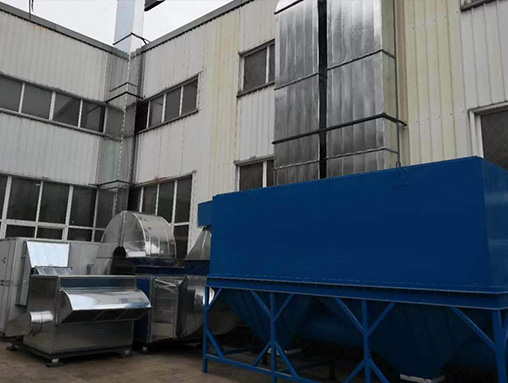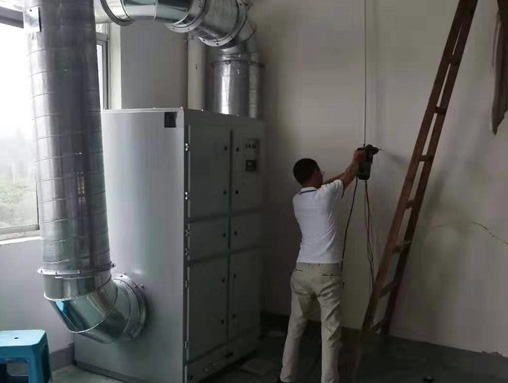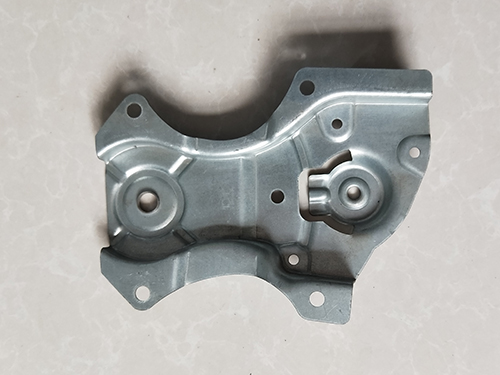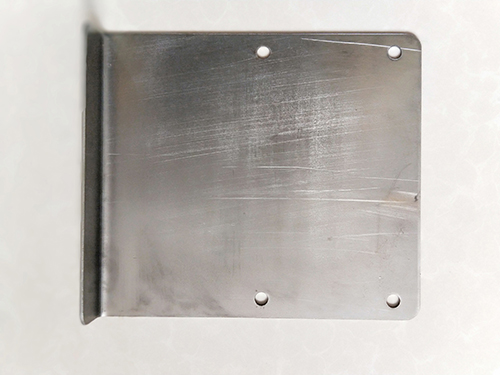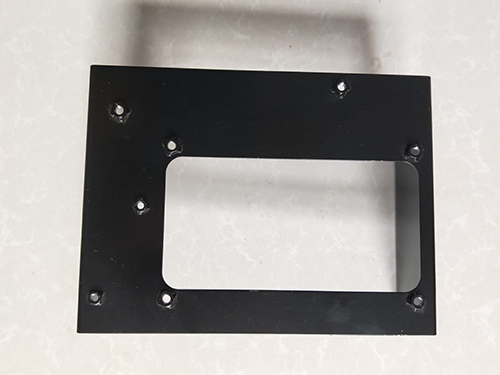Key factors and development direction of automotive panel application
Aluminum alloy automotive panels still face the problem of high manufacturing costs for thin plates, while the use of thin slab continuous casting technology can reduce the production cost of A1-17Ig alloy slabs. The so-called thin slab continuous casting technology is to continuously cast aluminum alloy liquid into thin slabs of about 6mm, and then roll them into aluminum sheets, which can save 5 hours of process and achieve the goal of reducing manufacturing costs.
The direct production cost of casting liquid aluminum alloy into 20mm thick aluminum plates and then rolling them into 1.5mm thick hot-rolled coils is only 0.1 US dollars/kg, far lower than the production cost of any existing process. The main technical difficulties of this process have been solved: diagnostic and monitoring methods; The surface condition of the template strip cast by induction heating method; Using inert gas to control oxidation and heat transfer rates; Adopting a high-power induction heating system to control the flatness of the board and strip.
Representative Hastelloy casting machines have produced a considerable number of AA5754 and AA6111 series aluminum alloy plates and strips for automotive manufacturers to test, and have been recognized by their users. From the perspective of the development needs of China's automobile industry, increasing independent efforts or introducing this technology is an important way to reduce the cost of domestically produced aluminum alloy automotive sheets.
Conclusion and Outlook: 1. There are problems with poor formability, low strength and dent resistance, lower weldability compared to steel plates, unsatisfactory joint performance, and high production costs in the production of automotive coverings using aluminum alloy strips. Among them, forming and welding technology, as well as production costs, are key factors in the application of aluminum alloy automotive coverings. Therefore, reducing the production cost of aluminum alloy sheets, improving and forming, and welding processes are important development directions for the application of aluminum alloy automotive sheets.
2. The use of continuous casting slab technology can improve and reduce the manufacturing cost of aluminum alloy thin plates; In terms of processing, we should actively promote and further advance the technologies of thermal hydraulic forming, high plasticity forming, and electromagnetic composite stamping forming; In terms of welding, laser MIG composite welding technology should be adopted, and further friction stir welding technology should be used; Apply sealing insulation agents and riveting, curling and other methods to solve the bonding problem with steel plates and other profiles, while also improving the performance of aluminum alloy body panels.
3. We should actively digest and absorb mature aluminum alloy body production processes, such as the aluminum alloy body technology of Audi A2. I believe that with the development of related technologies for aluminum alloy automotive coverings, such as manufacturing technology, forming technology, welding technology, and spray painting, baking, and hardening pretreatment technology, the application scale of aluminum alloy automotive coverings will continue to increase, and the performance of domestic sedans in the future will also be further improved.
In terms of processing technology and process design:
a. Generally, the same curved surface of stamped parts used for appearance should be formed in one go. If it is formed in two times, discontinuous surfaces will remain at the junction, and the surface quality will significantly deteriorate. When choosing the appropriate stamping direction, attention should be paid to the negative angle of the part. If there is a negative angle, measures that can be easily processed in the subsequent process should be taken. Even if the negative angle is processed with a small forming amount, the contact between the mold surface and the material should be balanced when forming the part to prevent local stretching.
b. On the welding surface where wrinkles or rebound should not occur, it is generally processed by drawing process. If bending process is needed, the stamping direction without thinning should be selected. As a positioning hole for welding and assembly, it should be punched after trimming, such as in the early stage. As the process progresses, the hole will deform and shift.
After completing the above process analysis, the process plan can be formulated.
